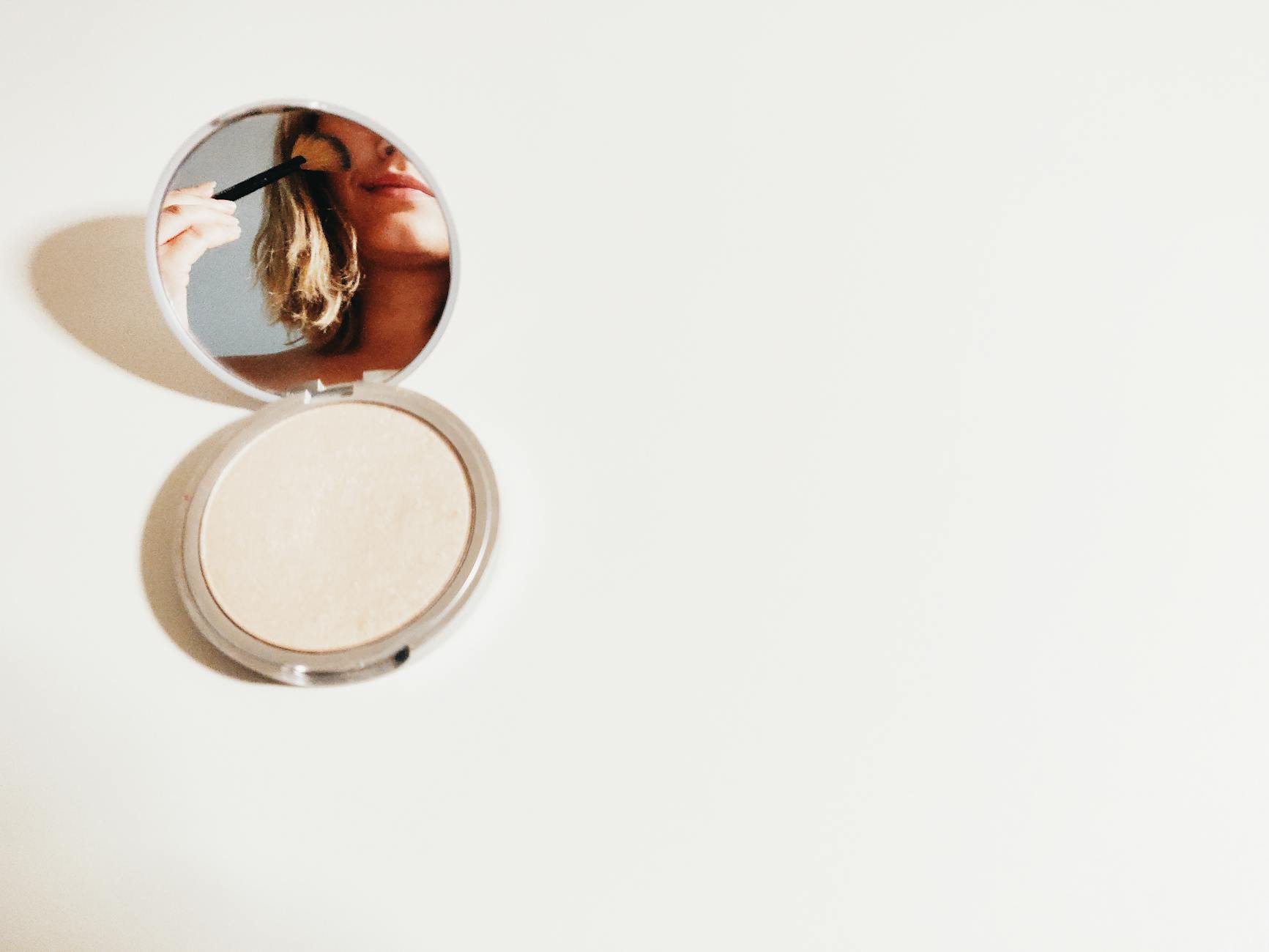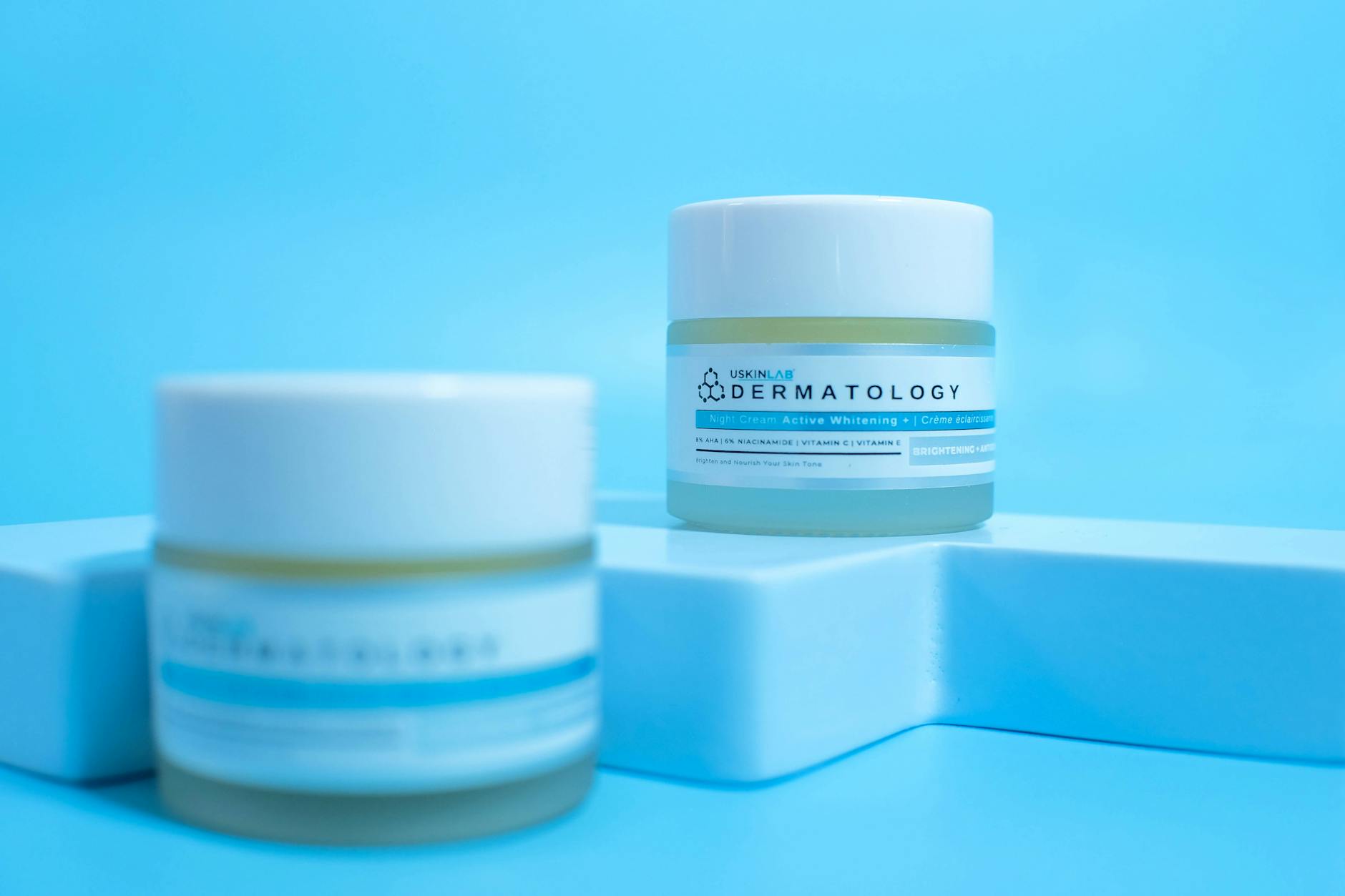How Can Sunscreen Selection in Australia Help Preserve Marine Life?

Understanding Sunscreen Components
In the vibrant city of Brisbane, the iconic Story Bridge isn't just a landmark—it's a reminder of the beauty we're working to protect. As an eco-conscious researcher dedicated to sustainable practices, I've delved deeply into the components of sunscreens and their environmental impacts. Understanding sunscreen ingredients is essential, particularly for those who are passionate about marine life conservation.
When it comes to reef-safe sun protection, zinc sunscreen emerges as a frontrunner. Zinc oxide is a mineral that sits on top of the skin, reflecting harmful UV rays without penetrating the surface. It's a significant component in eco-friendly sun care due to its minimal impact on marine ecosystems. Unlike chemical sunscreens, which may contain oxybenzone and octinoxate—known for contributing to coral bleaching—zinc is considered a safer alternative for our beloved coral reefs.
For those seeking natural sun protection, there are alternatives that align with eco-friendly values. Consider options that include ingredients like shea butter, coconut oil, or green tea extract, which nourish the skin while reducing environmental harm. Additionally, opting for sunscreens with biodegradable packaging can support sustainability efforts. As we journey along the Brisbane River or explore the City Botanic Gardens, let us champion the use of reef-safe sunscreens to preserve our marine ecosystems for future generations. Reducing harmful chemical exposure is a step towards protecting the intricate balance of our natural world.
Impact on Marine Ecosystems
Effect on Coral Reefs
In the vibrant waters of Australia, coral reefs are not just beautiful spectacles; they are vital ecosystems teeming with marine life. However, some chemicals found in sunscreens, particularly oxybenzone and octinoxate, are known to contribute to coral bleaching. These substances can increase the susceptibility of corals to bleaching by altering their DNA and compromising their larval development. If you're out snorkeling or enjoying a walk along Brisbane’s City Botanic Gardens, it's important to understand that seemingly small choices, like opting for kids sunscreen, can have a big impact on preserving these fragile underwater worlds.
Impact on Marine Biodiversity
The preservation of marine biodiversity is crucial for maintaining ecological balance. When sunscreen washes off into the ocean, it doesn't just affect corals; it can also harm other organisms. Fish, sea urchins, and other marine creatures may experience developmental disruptions and physiological stress due to the toxic ingredients in conventional sunscreens. Protecting marine life requires us to make informed decisions about the products we use, ensuring they are free from harmful chemicals that can disrupt aquatic ecosystems.
Long-term Environmental Consequences
The long-term implications of neglecting marine conservation in our sunscreen choices cannot be overlooked. As harmful chemicals accumulate in the ocean, they not only threaten the immediate health of marine creatures but can also have rippling effects throughout the food chain, impacting the broader ecosystem. Eco-consciousness in everyday decisions, supported by scientific insights and motivated by a love for natural wonders, is essential for safeguarding the delicate balance of marine environments.
Choosing Reef-Safe Sunscreen
Key Characteristics of Eco-Friendly Products
Selecting a reef safe sunscreen is essential for preserving our oceans while still enjoying the sun. As someone based in Brisbane, I often emphasize that eco-friendly sunscreens usually omit harmful chemicals like oxybenzone and octinoxate. These ingredients are known culprits in coral bleaching, dramatically affecting reef health.
Natural alternatives often include mineral-based compounds like zinc oxide or titanium dioxide, which are effective at blocking ultraviolet rays and are much less harmful to the marine ecosystem. Importantly, the texture and finish of these formulations may vary, but their ecological impact makes them worth considering.
Label Reading Techniques
When browsing options, thoroughly exploring labels is critical to identify sunscreens labeled as "reef-safe." Look for certifications or emblems indicating eco-friendliness. Reading the ingredients list carefully ensures harmful compounds are avoided. Be cautious, however, of "greenwashing," where products misleadingly claim to be eco-friendly without supporting evidence.
Recommendations for Outdoor Enthusiasts
As I frequently guide tours along Brisbane River, ensuring safety and sustainability, I often recommend brands with a solid reputation for environmental commitment. For an adventure guide like Ethan, insisting clients use reef-safe products during tours is essential. Providing samples or recommendations of eco-friendly sunscreens as part of the tour package could inspire clients to make more environmentally responsible choices. Ultimately, a combination of informed product selection and leading by example contributes significantly to marine conservation efforts—all while maintaining fun outdoor activities.
Promoting Eco-Friendly Practices
Educating Clients and Peers
As someone passionate about marine conservation, I find it essential to educate my clients and peers about the importance of using eco-friendly products, particularly regarding natural sunscreen. Sharing scientific insights about how certain sunscreen ingredients affect marine ecosystems can have a profound impact. Many are unaware that traditional sunscreens can contain harmful chemicals that damage coral reefs. By explaining this in relatable terms and providing evidence-based information, I aim to influence their purchasing decisions towards more sustainable options.
Incorporating Sustainability into Tours
Integrating sustainability into my tours means more than just using eco-friendly products; it involves reshaping the entire experience to highlight environmental consciousness. I ensure that every aspect of the tour, from the gear to the educational narratives we share, reinforces the importance of preserving our natural treasures, such as the beautiful coral reefs around Cairns. By advocating for the conservation of these ecosystems, I encourage a more mindful approach to enjoying Australia's breathtaking marine environments.
Demonstrating Proper Application
To drive home the message of conservation, I find that demonstrating the correct application of environmentally safe sunscreens is crucial. This helps ensure that clients not only use the products effectively but also appreciate their role in protecting marine life. By taking a moment to show the benefits of products like natural sunscreen, clients can witness firsthand its importance in safeguarding the aquatic habitats they cherish.
Navigating the Challenges of Picking Eco-Friendly Sunscreens
Decoding Misleading Marketing Claims
As we wander through aisles and online stores, we often encounter products boasting eco-friendly labels. However, it's crucial to apply critical thinking, much like evaluating research on sunscreen ingredients that are reef safe. Many claims are unregulated and may not align with sustainable practices as seen during strolls through Brisbane’s City Botanic Gardens. A keen eye for ingredient lists can help discern authentic green products from greenwashing. Look for certifications that back eco-claims, ensuring your purchases genuinely support marine conservation.
Balancing Efficacy and Eco-Friendliness
It's daunting to find a sunscreen that harmoniously balances efficacy with eco-friendliness. An effective sunscreen should protect your skin from harmful UV rays while sparing delicate marine environments, akin to walking the fine edge along the Brisbane River. Ingredients such as zinc oxide and titanium dioxide in non-nano form usually feature prominently in discussions about environmentally safe options. By understanding these elements, we contribute to sustaining our cherished coastal biodiversity without compromising on skin protection.
Overcoming Client Resistance
Educating peers, akin to leading a workshop under the iconic Story Bridge, can inspire eco-friendly transformation. Clearing misconceptions about the effectiveness and availability of environmentally friendly sunscreen options encourages more individuals to adopt sustainable choices. It’s crucial to share scientific insights into how eco-friendly sunscreens significantly reduce environmental harm. By highlighting shared values for holistic protection and sustainability, we foster motivation within our communities, enabling us to defend marine life while enjoying sunny days responsibly.


